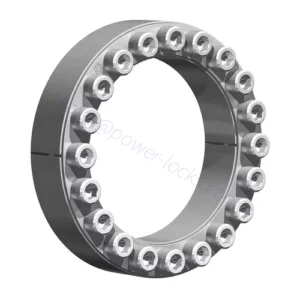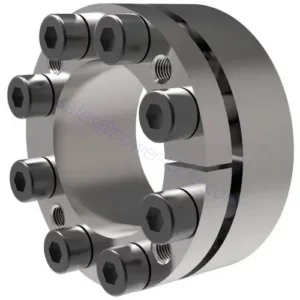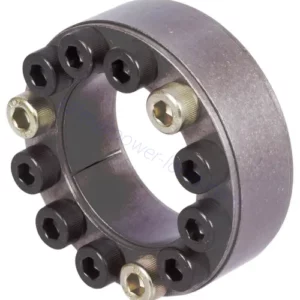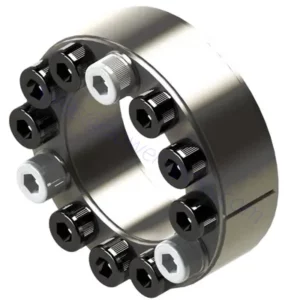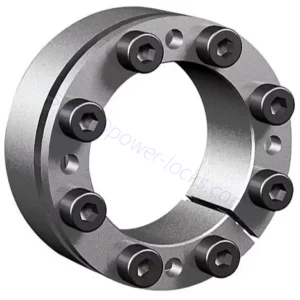Locking Assembly
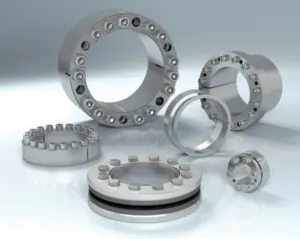
Locking assemblies are designed for play-free, friction-connected assemblies (hubs) on smooth, slot-free shafts/shafts. This frictional connection is achieved directly by the locking assembly (intermediate locking system).
A key feature of the locking assemblies is their clamping capability via the integrated screws and their non-destructive disengagement when these screws are loosened/the ring is depressed. In addition to our standard versions, stainless steel, nickel plated, imperial and special versions are also available
Our Facilities & Services
Curabitur arcu erat, accumsan id imperdiet et, porttitor at sem. Quisque velit nisi, pretium ut lacinia in, elementum id enim. Curabitur non nulla sit amet nisl tempus convallis quis ac lectus. Cras ultricies ligula sed magna dictum porta. Lorem ipsum dolor sit amet, consectetur adipiscing elit. Curabitur arcu erat, accumsan id imperdiet et, porttitor at sem. Lorem ipsum dolor sit amet, consectetur adipiscing elit. Vestibulum ante ipsum primis in faucibus orci luctus et ultrices posuere cubilia Curae
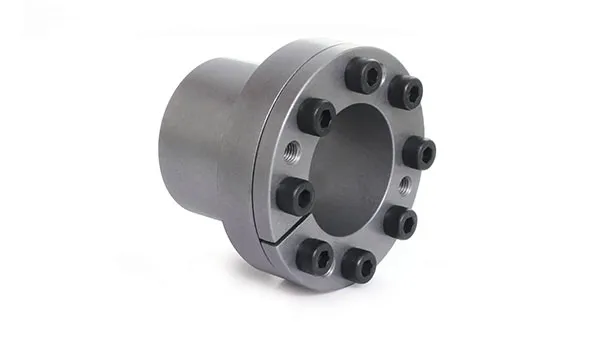
Locking assembly EAL3
It consists of cut inner and outer rings and spacers that prevent the hub from moving relative to the shaft when the screws are tightened. This locking device is particularly suitable for applications requiring low hub pressure. Recommended for aluminum wheels or wheels with lower mechanical properties.
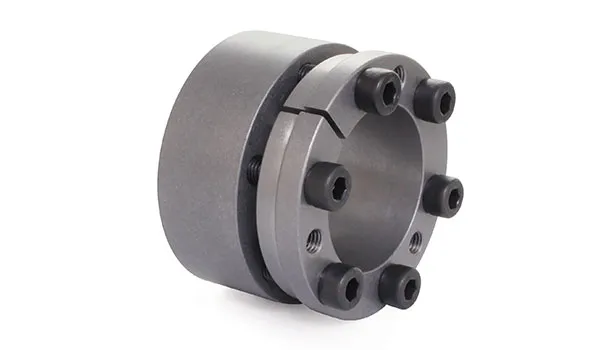
Locking assembly EAL5A
Consists of inner and outer rings with slits. This type of locking device is especially useful for applications that require excellent hub-to-shaft concentricity and squareness.
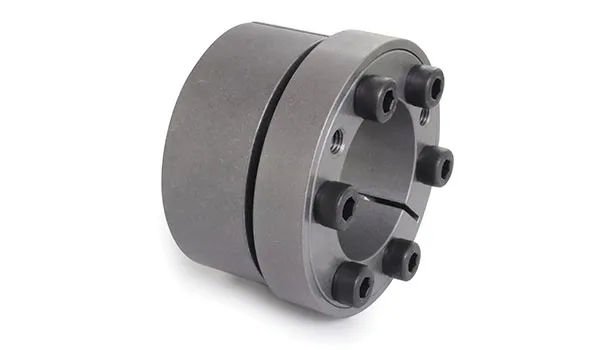
Locking assembly EAL5B
Consists of inner and outer rings with slits. This type of locking device is particularly useful in applications that require good hub-to-shaft concentricity and squareness. It is also used to lock down mechanically lower hubs.
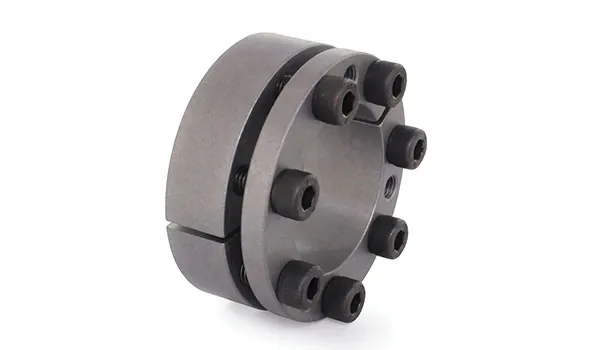
Locking assembly EAL6
Consists of inner and outer rings with slits. This type of locking device is particularly useful in applications that require good hub-to-shaft concentricity and squareness.
Our Products
If you need a custom product, or the product you need is not found on our website, don’t worry, more of our products are still uploading. You can email us directly and we will reply you within 24 hours!
Product advantages
- Most units are self-centering
- It can be reused indefinitely
- High dynamic and static load-carrying capacity
- Axial and angular adjustments are possible on site
- Minimal torque loss due to the keyway on the shaft
- Overload capability and the eventual slip will not compromise shaft integrity.
- Easy to assemble and disassemble: does not require any prior hub or axle preparation
- Corrosion resistant: active surfaces are protected, and there is no space between connections
- Various loads can be handled, including torque, bending moment, and axial and radial thrust.
Equipment failure causes and avoidance methods
The Benefits of a Locking Assembly for Pulleys
The locking assembly for the pulley is designed to securely lock the pulley to the shaft. It consists of two conical halves connected by a series of bolts. The inside of each half is tapered to allow for expansion when the bolt is tightened. Locking elements are available for a variety of pulleys, including those made for conveyors.
Another benefit of the locking assembly is that it has no moving parts. This makes it ideal for high torque applications. Can also be used for warehouse automation and other rotating machinery. Its friction design also reduces wear on machine parts. In addition, the stainless steel locking assembly has a short lead time and is easy to install.
In addition to self-centering, the locking assembly also provides a high degree of concentricity. A common application for these components is gear mounting. In addition, they are used in rotary pumps and machine tools. They provide a 360-degree clamping force on the shaft while transmitting torque and axial loads through friction from the hub and the functional surfaces of the locking assembly.
How Keyless Locking Devices Work
A keyless locking mechanism creates a 360-degree clamping force on the shaft to locate components. More specifically, they allow axial or torsional loads to be transmitted through radial clamping pressure and friction between the functional surfaces of the shaft, hub, and locking assembly.
Our team has produced keyless locking devices for over 20 years that are ideal for any axle-to-hub connection application.
Suitable for connecting any type of hub (flywheels, pulleys, sprockets, gears, levers, eccentrics, couplings, etc.) and can be used in a variety of industrial applications.

Our Blog
China factory China Factory High Quality Custom Injection Molded PC CHINAMFG
Product Description Product Description Professional High Precision Plastic Injection Mould Factory Mould material P20, 718, NAK80, S316H Hardness of steel Vacuum quenching, nitride, hrc41-47, hrc46-50, hrc60 Mould base LKM, HASCO Mould cavity Single / Multi Runner...
China supplier Biocompatible Silicone Injection Molded Parts
Product Description Discover top-tier custom silicone injection molding services for medical applications, including LSR injection mold service and assembly applications by HangZhou CHINAMFG Rubber & Plastic Products Co., Ltd. Product Description Product...
China Custom China Plastic Injection Molding Company Custom Injection Plastic Molded Parts
Product Description Product Description Item China Plastic Injection Molding Company Custom Injection Plastic Molded Parts Material ABS, PC/ABS, PP, PC, POM(Delrin), Nylon 6, Nylon 6/6, PA 12, HDPE, LDPE, PS(HIPS), SAN/AS, ASA, PVC, UPVC, TPE, TPR, PU, TPU, PET,...
Get in Touch
Open Hours
Mon – Fri — 8:00am – 5:00pm
Saturday — 9:00am – 3:30pm
Sunday — Closed
What types of keyless locking components can we offer you?
We offer our customers different types of shaft locking devices designed to cover a wide range of applications.
Keyless locking assemblies are also known as keyless shaft locking devices, tapered clamping elements, power locks, shaft clamping elements, shrink discs and keyless rigid couplings.
